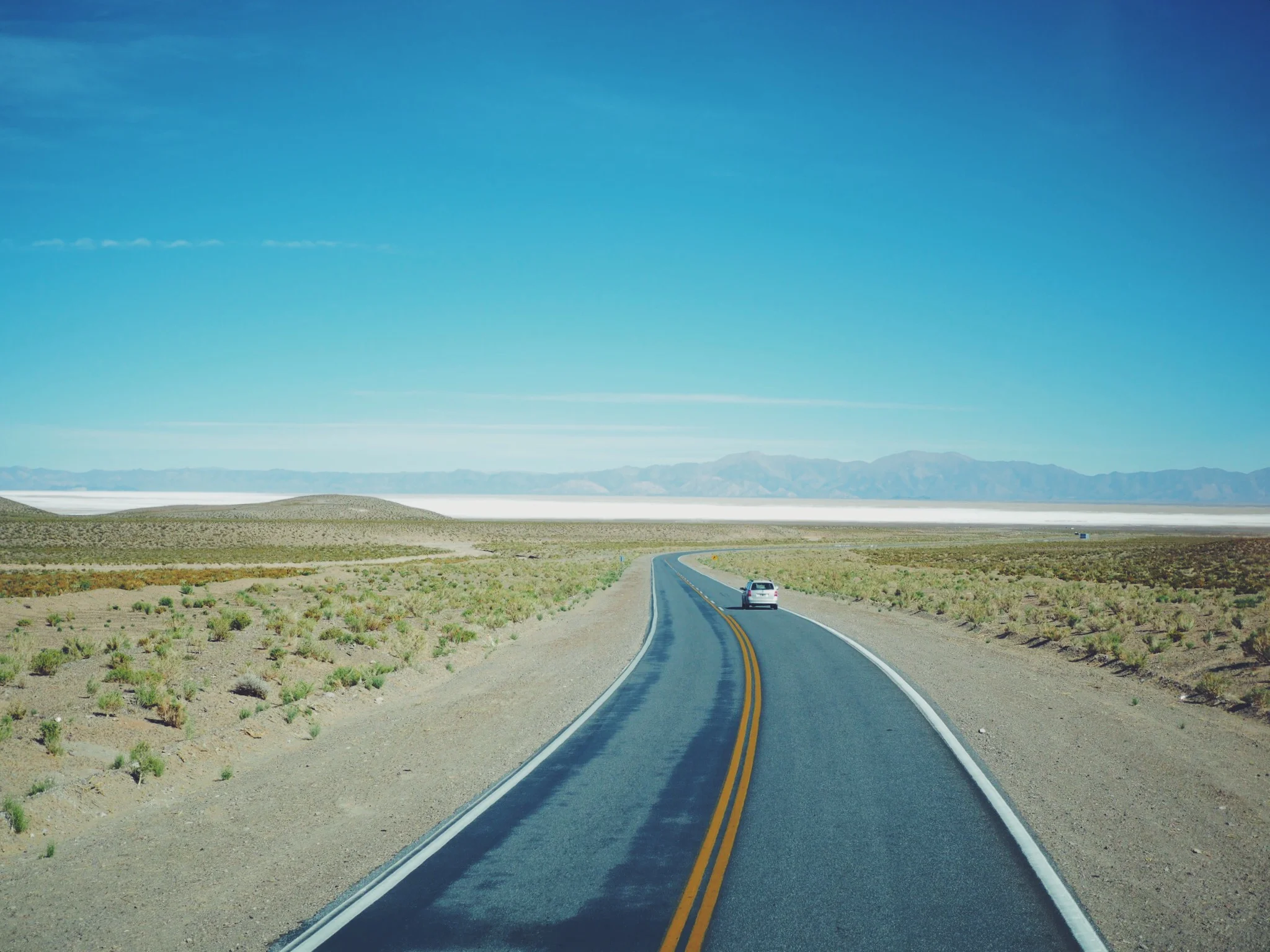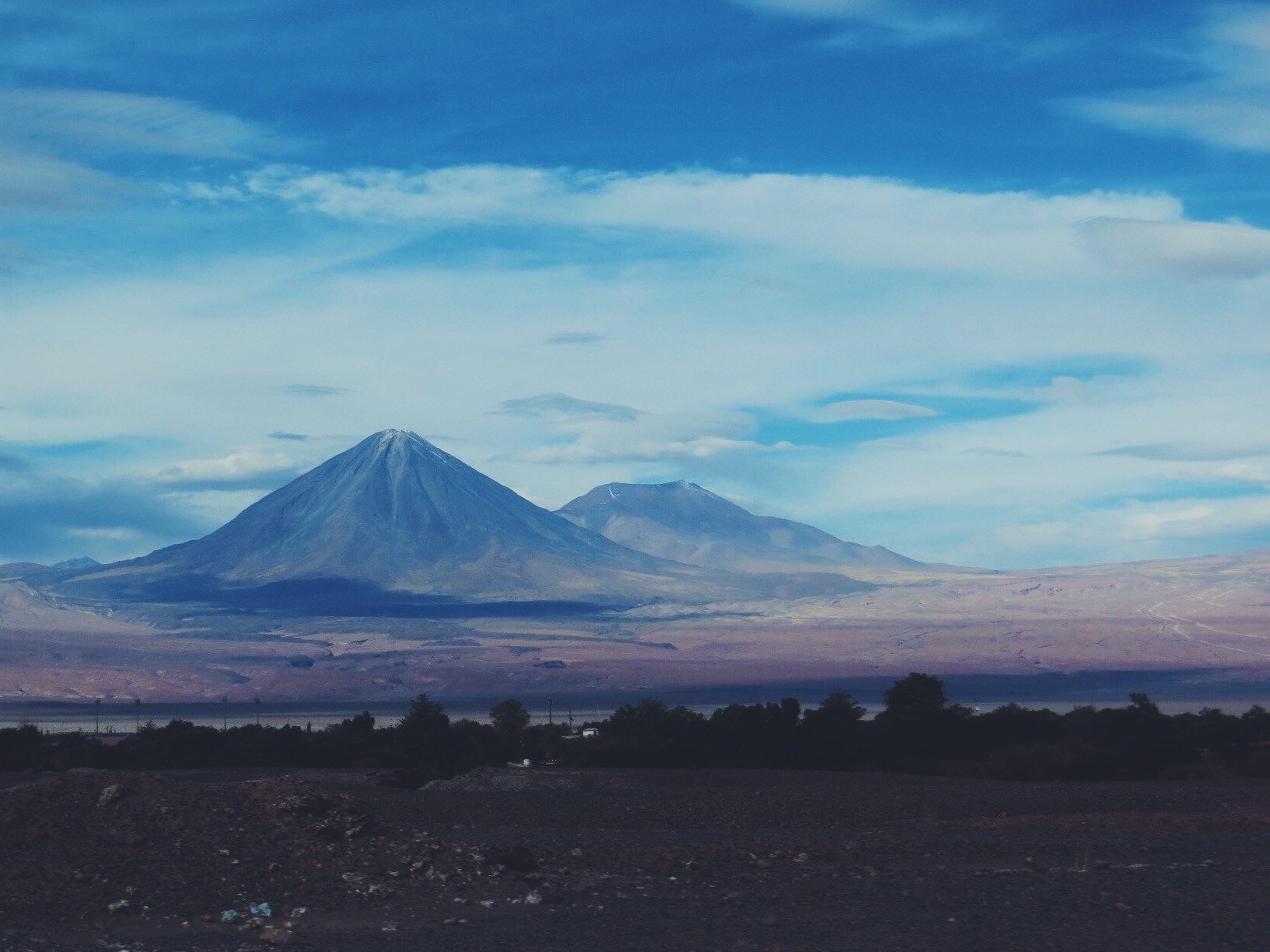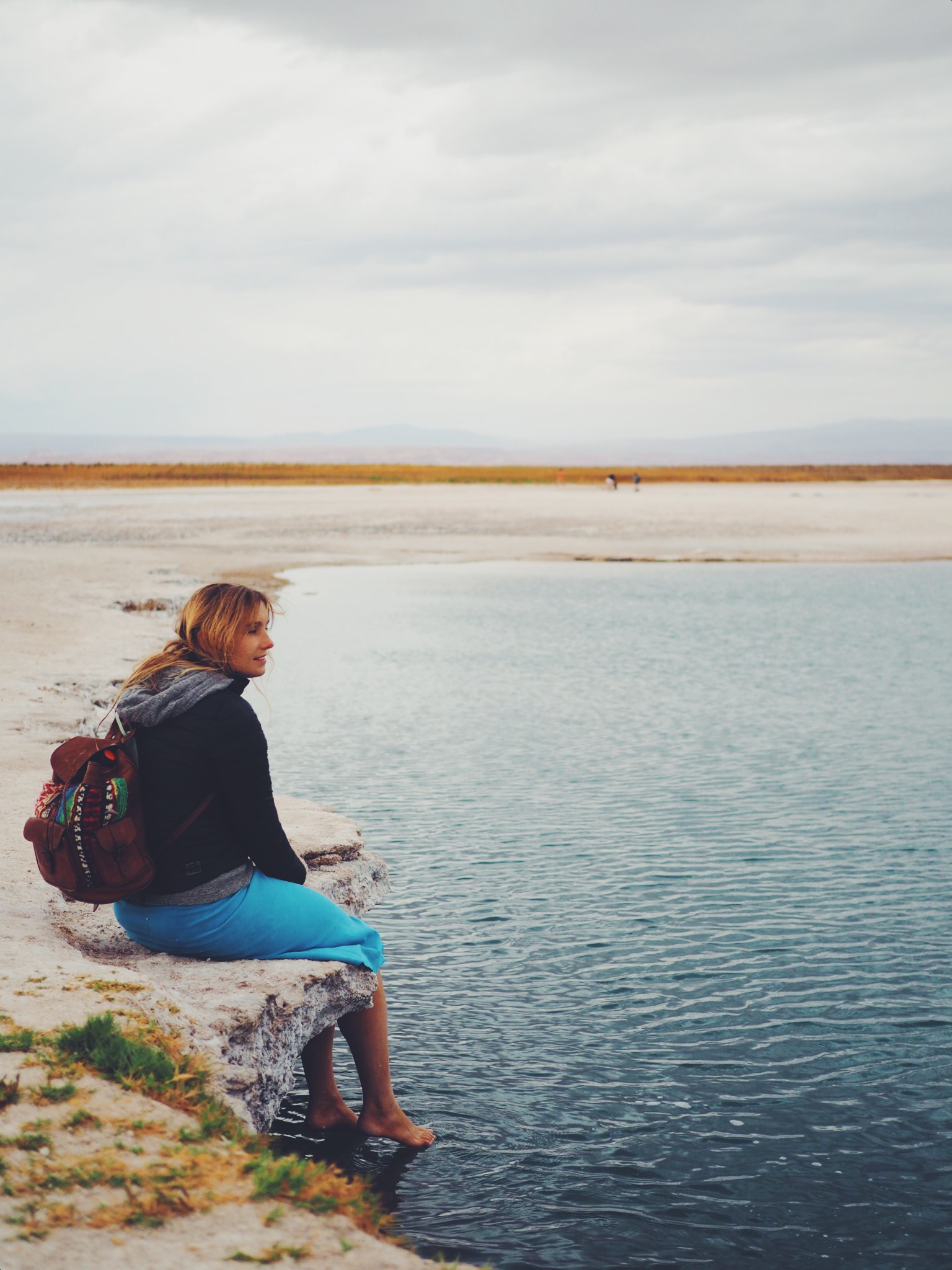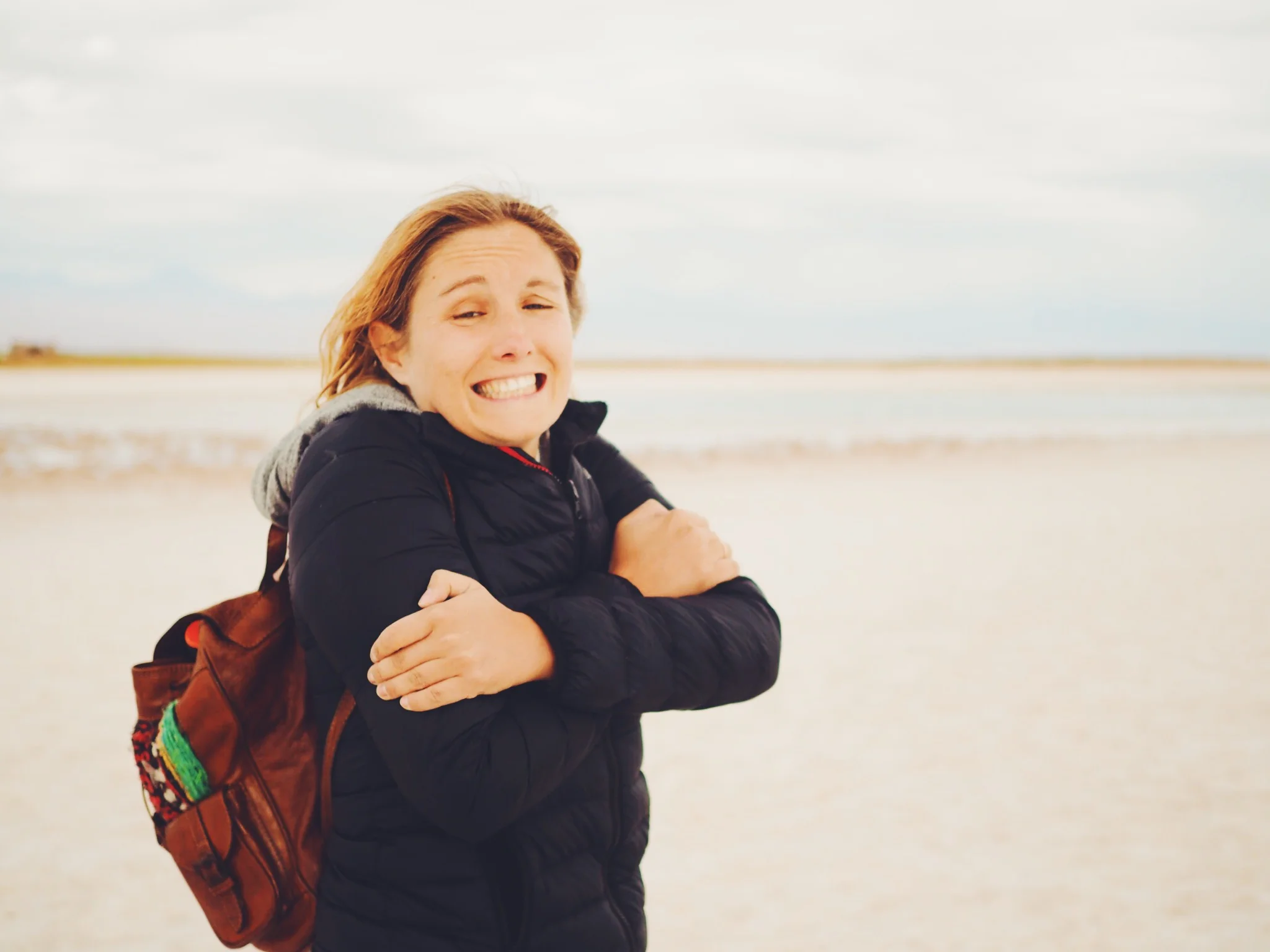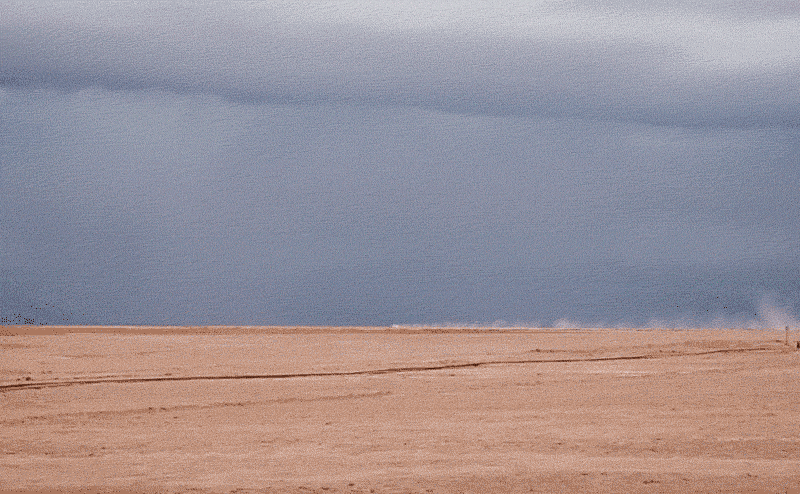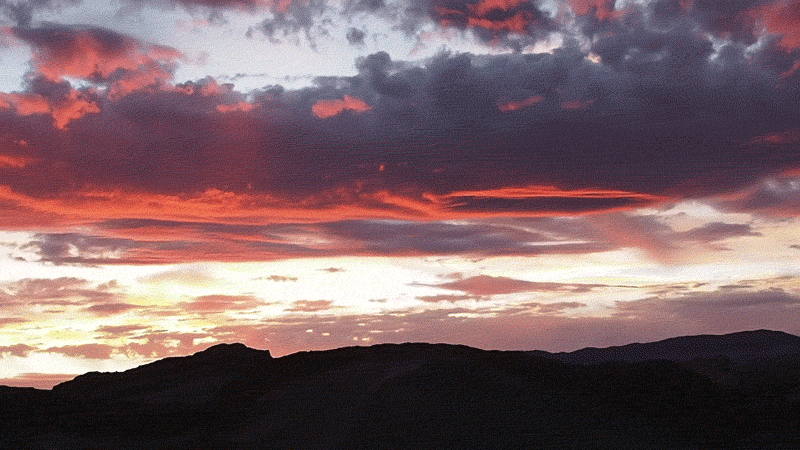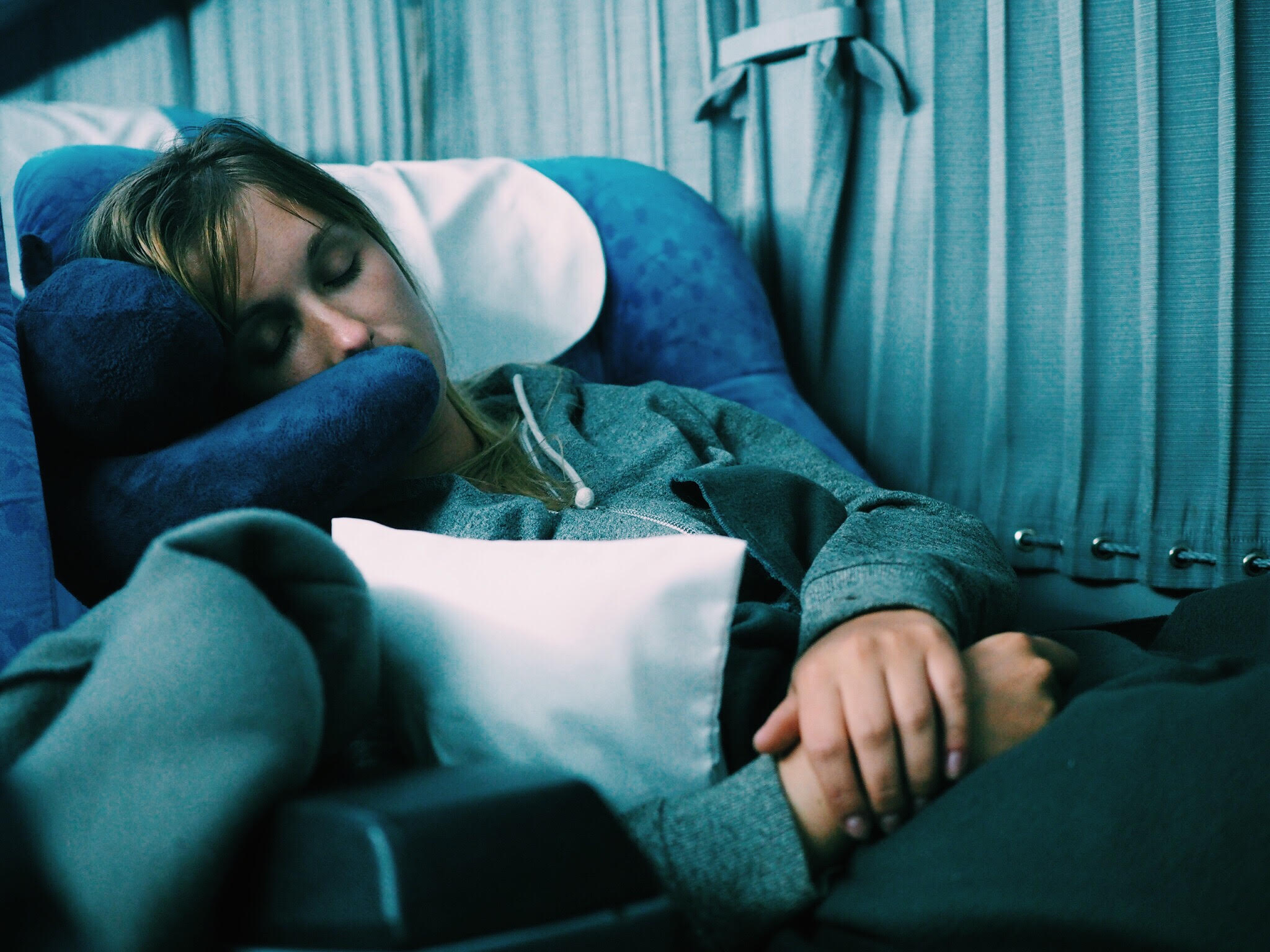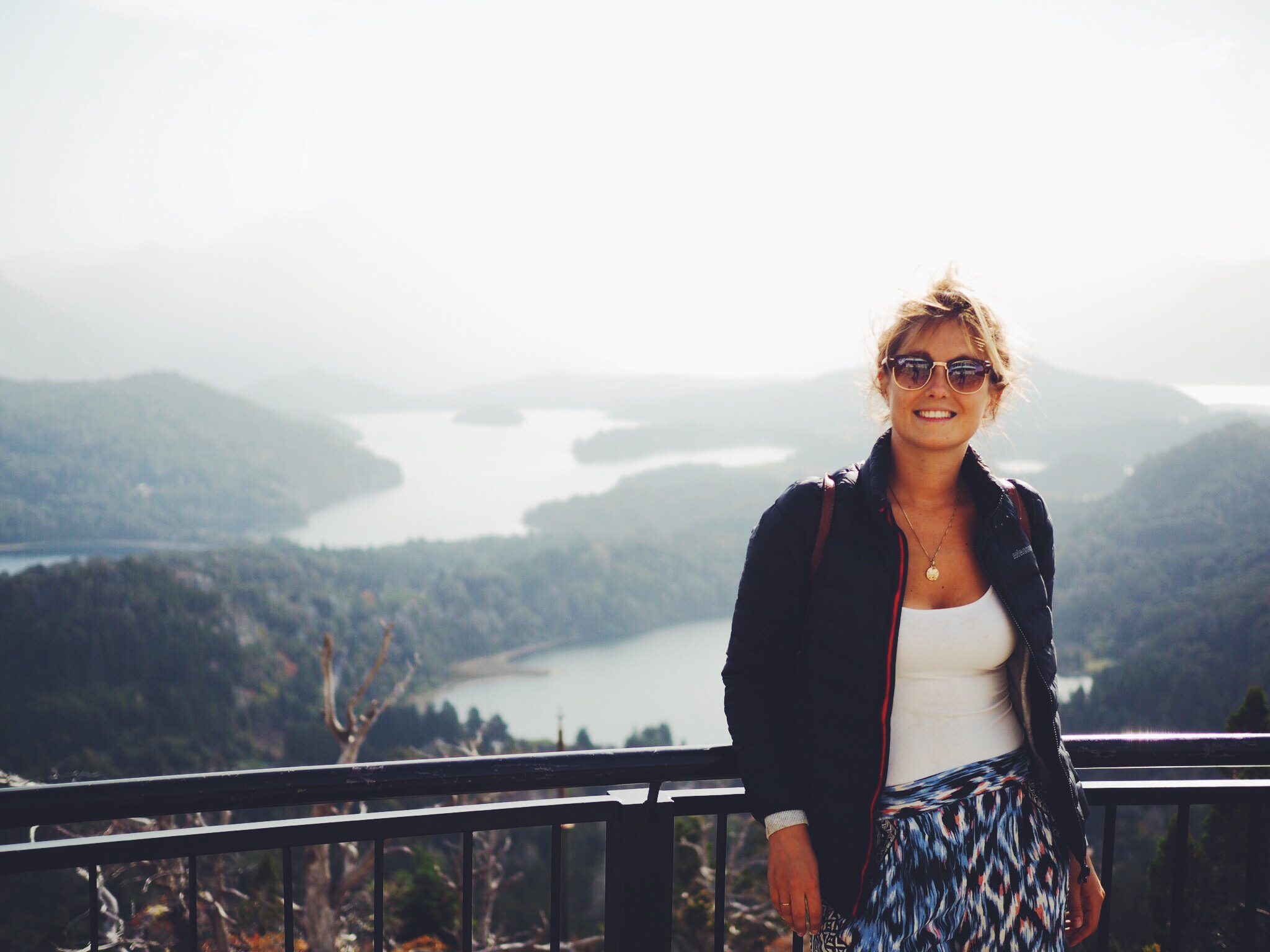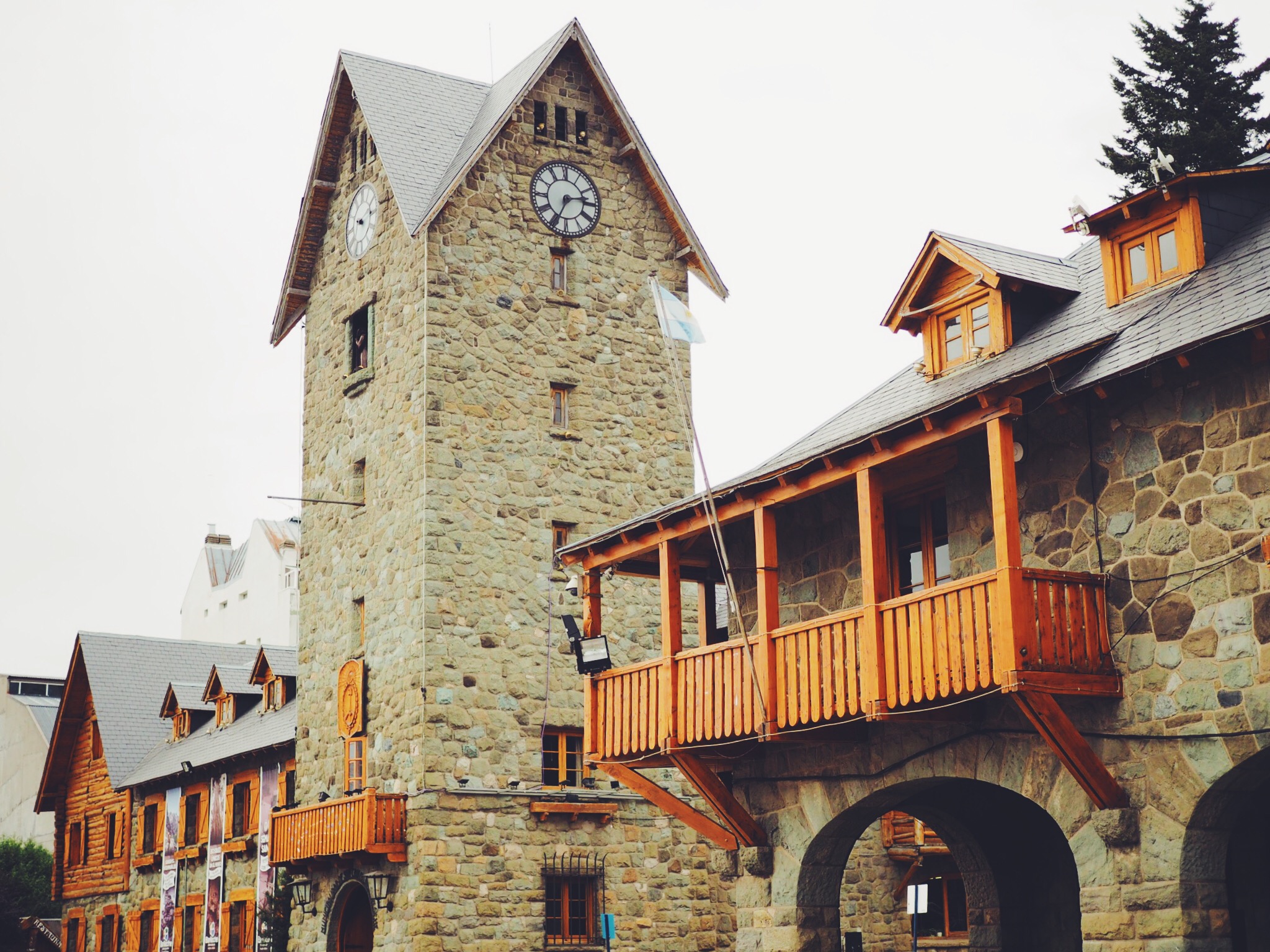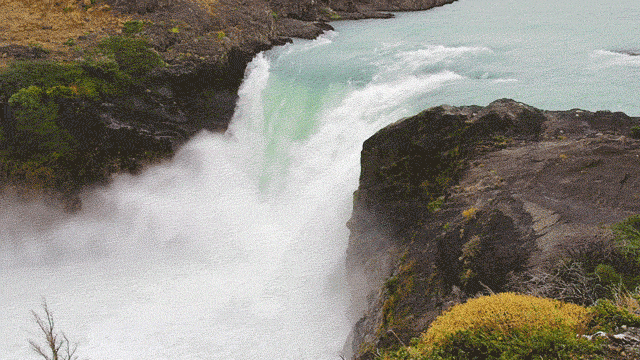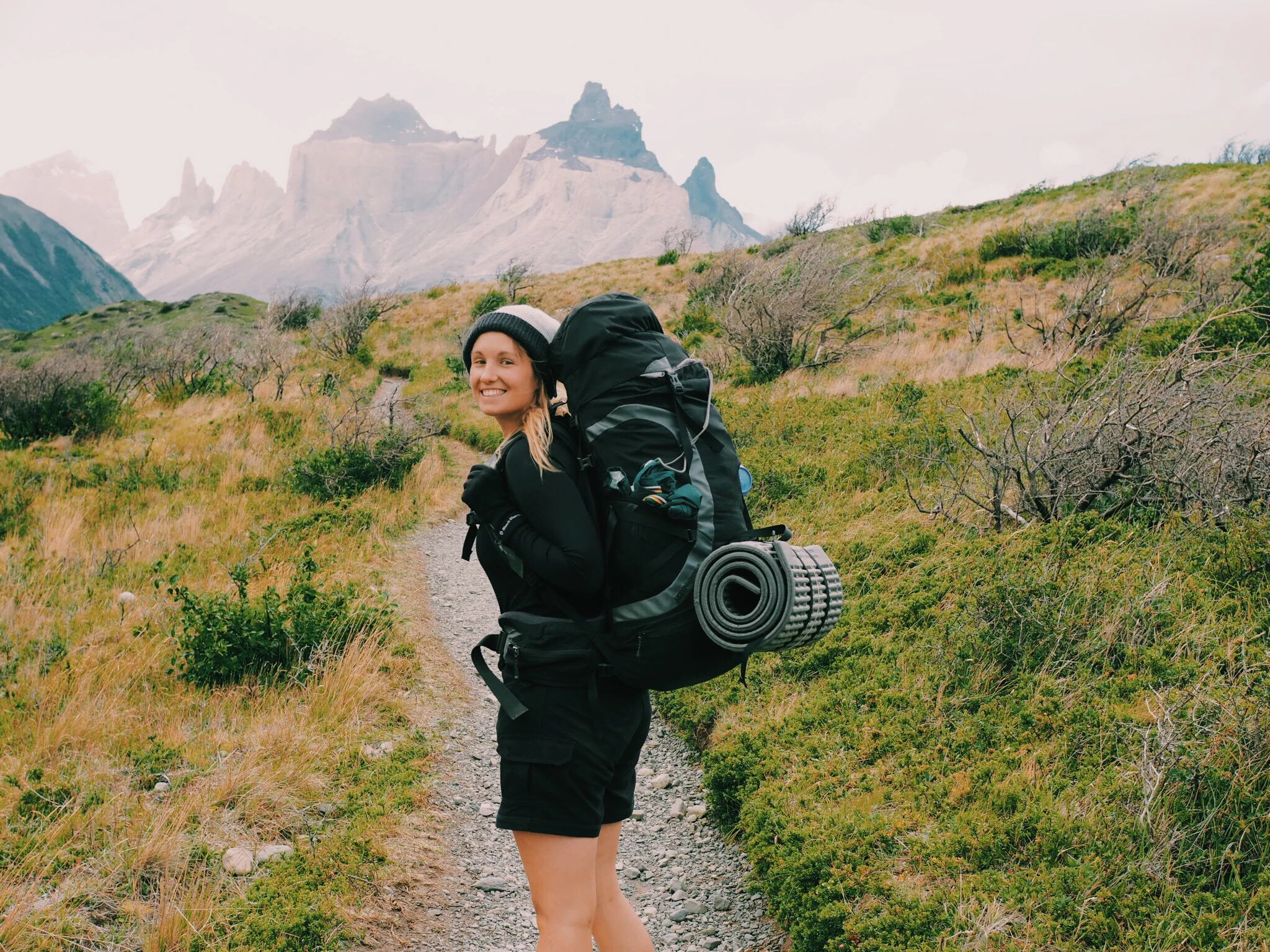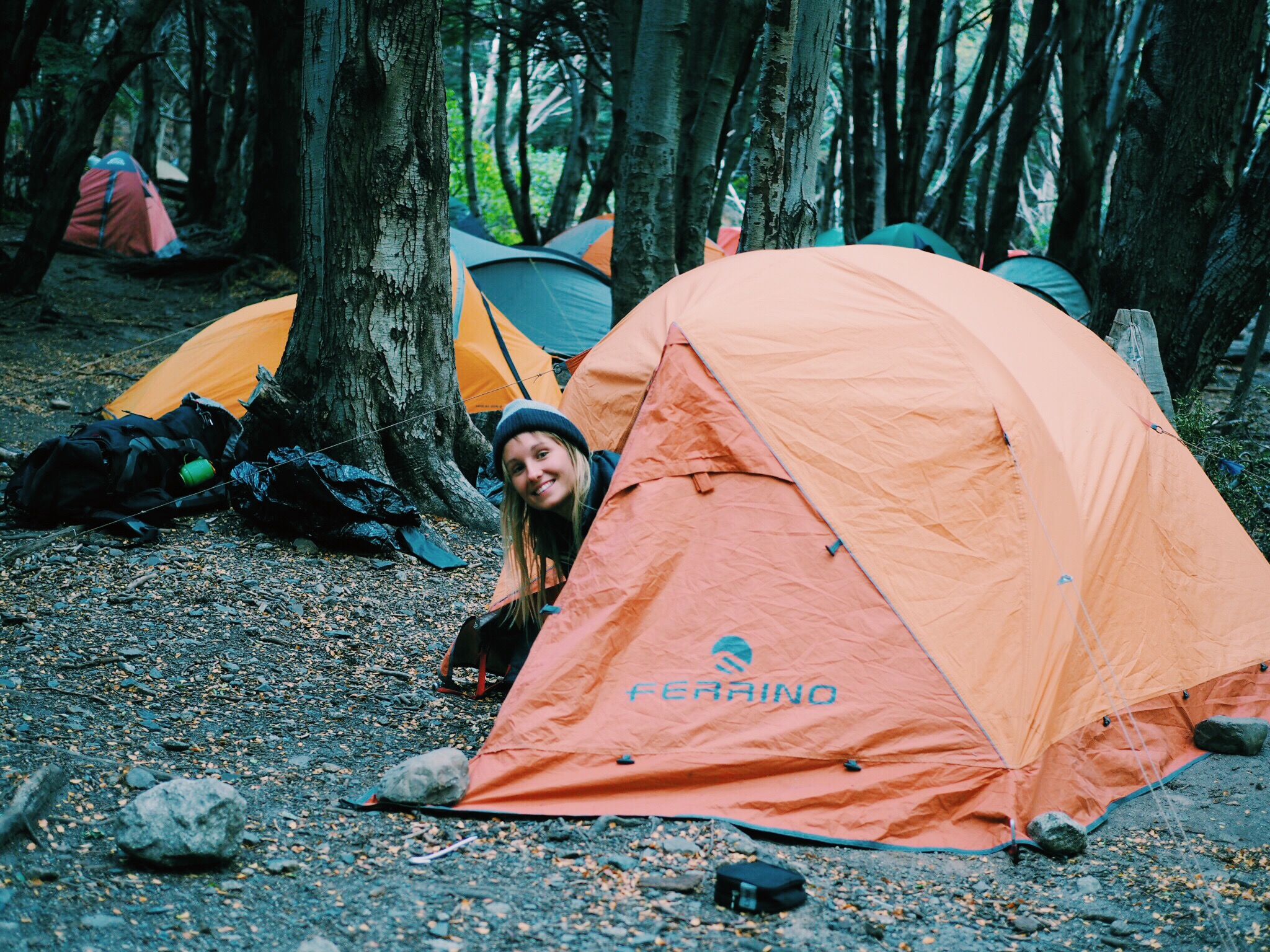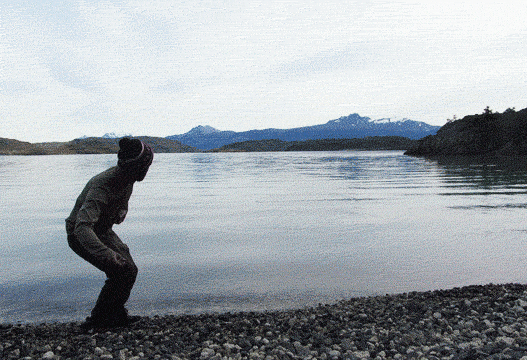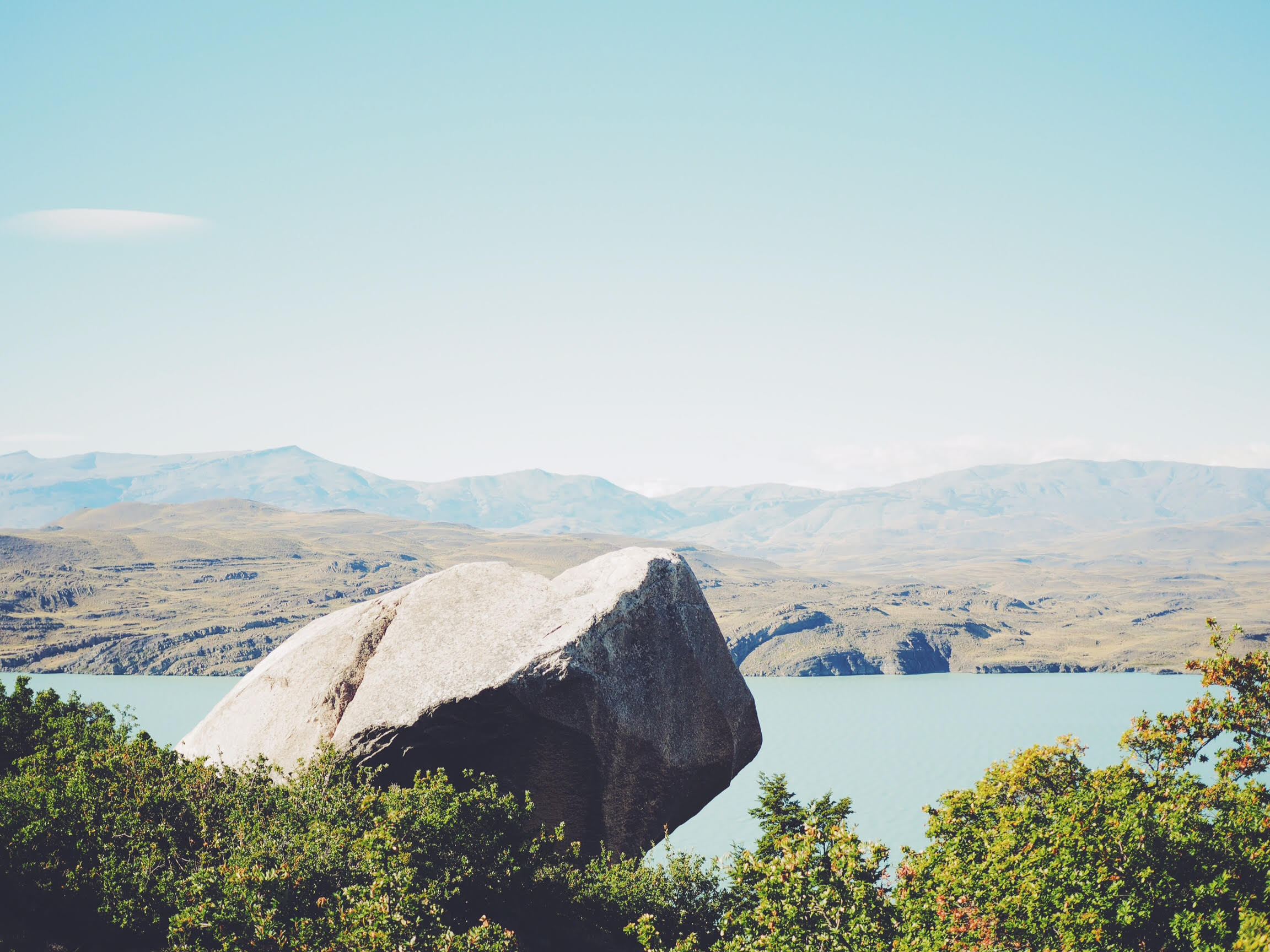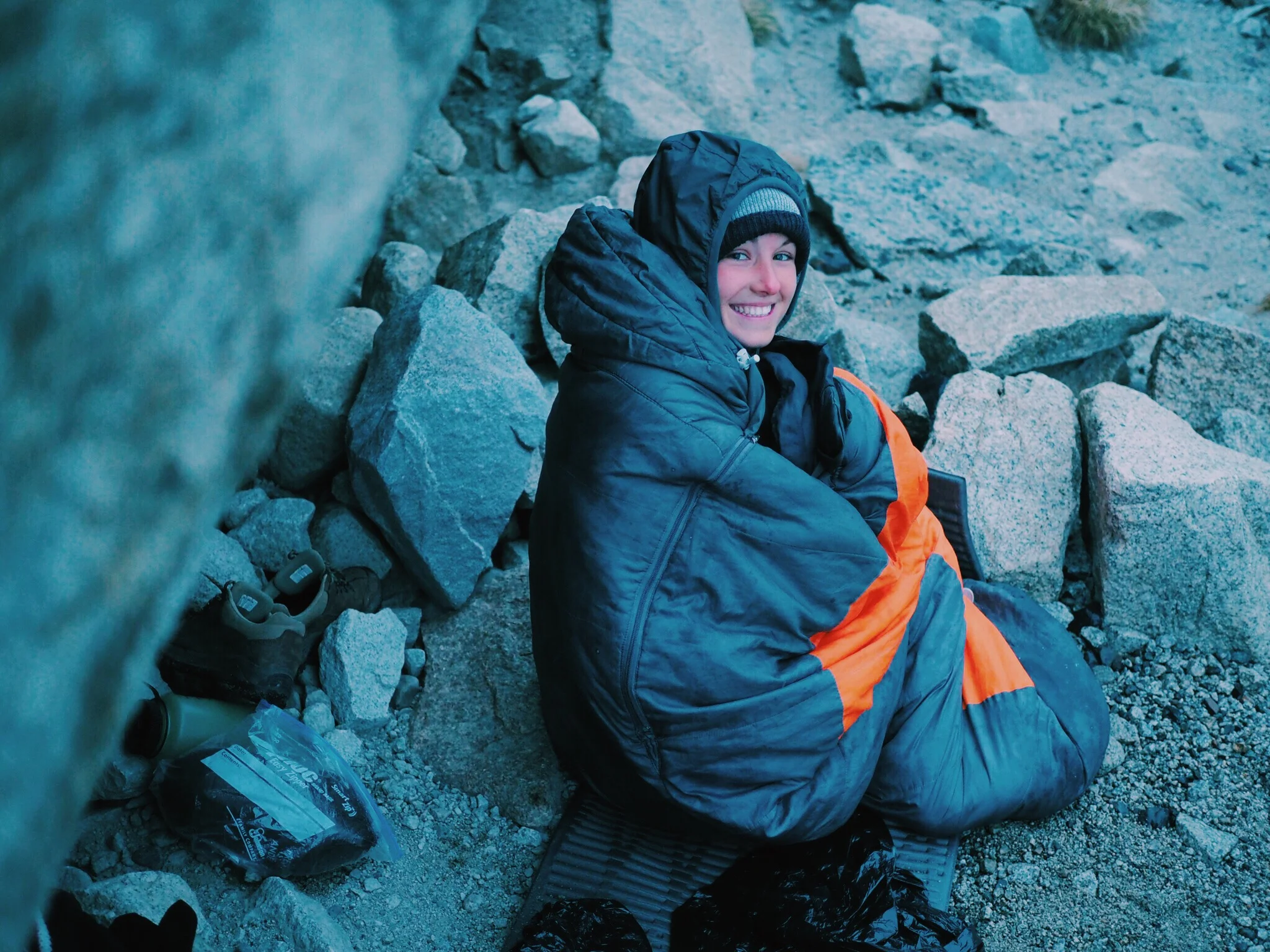San Pedro de Atacama
After a week of exploring Salta and the Jujuy region it was time for us to move on to the desert. We took an early day bus from Purmamarca as we’d heard the scenery was particularly beautiful along the road to the Atacama. By chance we had front window seats giving us amazing cinemaesque view of the Andes as we cut through the towering mountains toward Chile, passing through salt flats, volcanoes and deserts. The boarder crossing was quick and painless, and after a basic lunch provided by the bus company we arrived in San Pedro, the gateway to the Atacama desert and the salt flats of Uyuni.
San Pedro is a small but touristy town due to it’s proximity to the Uyuni Salt Flats, making it a popular stop off for backpackers working their way up to Bolivia. There are also some highly recommended things to do around the town including star and planet gazing, the Luna Valley and trips to Volcanos and Geysers. Positioned in the heart of the Atacama desert, and surrounded by volcanoes and canyons, the town is comprised of single-level huts made from mud bricks, with a few bars, restaurants and numerous tour operators all selling pretty much the same tours.
We decided to stay in Hostel Rural, a hippy hostel that looked like something out of Burning Man festival. With hammocks, a bar and helpful staff giving advice on tours, it was a great place to stay while we prepared for our Salt flats trip. San Pedro is one of the best places in the world to see planets due to its high altitude and lack of ozone. Unfortunately, the day we arrived the moon was too bright, meaning the conditions weren’t suitable for star gazing that evening (which we were a bit gutted about). Instead, we booked the Luna Valley tour the following day, one of the main attractions in San Pedro. That evening we had a few beers with fellow travellers, and found a great sandwich shop offering lentil burgers and shredded beef sandwiches (we made more than one visit!).
The Luna Valley
Our tour to the Luna Valley started at 4pm in the afternoon, so we had time for a lazy lunch before setting off. We were picked up in a minivan with several others and driven about 30 minutes out of the town to the first stop on the tour. On arrival we had to pay a park entrance fee before were taken to Pedra do Coyote, an amazing mirador overlooking the Luna Valley. Our guide explained the geological history of the area, and how the valley had been created by rising tectonic plates and evaporating salt lakes.
We then jumped back on the minivan and were driven down into the huge expanse of orange and white mountains made out of rock salt. We could understand why the area had been named Luna Valley, as it definitely felt like another planet! We trekked along a steep, narrow path through the rock salt formations and into the Salt Cavern, where we needed torches to navigate the tight passageways and tunnels to get to the other side.
After the cave we got back in the minivan for a short drive to an interesting rock formation called The Three Marys, a group of rocks that looked like three women praying. One of the Marys had been knocked down by tourists over a decade ago, but the other remaining two still bared a resemblance at the right angle.
We then were taken to our final stop, the Great Dune, to watch the sun set over the central crater. We climbed our way up to a narrow ridge on top of the huge sand dune in order to get the best spot. There were already a number of people waiting at the top, but it didn’t detract from the incredible 360 view.
It was a fantastic sunset, with vibrant reds and oranges beaming through the clouds and turning the Andes behind us vivid pinks and purples. The panoramic views were spectacular and we spent half an hour watching the light fade away before we made our way back down the ridge to the minivan.
The Salt Lagoons
Much to our luck, the day we decided to go on the lagoons tour was overcast, and the temperature had dropped a lot. This meant that the pools were a bit on the chilly side, but that didn’t stop us from going along to experience swimming in the floating salt pools. We were picked up at 4pm, and with spirits still high made our way to the first lagoon.
On arrival we had to pay another park fee (which was pretty expensive!) before heading to the changing rooms not far from the lakes. The water was very cold - It reminded us of swimming on a ’summers day’ in England! It was, however, a lot of fun floating in the salt water, and was near impossible to swim due to our buoyancy! We stayed in until we started getting really cold, clambered out and made our way back to the bus feeling very salty!
After a 20 minute drive we reached the second pool, and by now most people were not feeling keen to jump in: the dramatic drop in temperature was not what they’d signed up for! Us being Brits, and having experienced colder water, couldn’t turn down the chance, so we led the way with big dives, much to public applause! It was pretty cold but as this pool was fresh water it got a lot of the salt of us.
We then made our way to the Salar de Atacama to watch the sun set. By now the weather had really started to kick off and a storm was taking place over the mountains with dramatic bolts of lighting every minute or so! We were given Pisco Sours and some snacks, and chatted with the other tour members whilst trying to get a photo of the lightening.
Despite unusually cold weather during our stay (We’ll blame it on El Niño!), we found San Pedro to be a great place to relax, meet lots of new people and gather research and recommendations for our trip ahead. The Luna Valley tour was excellent, with stunning scenery and wild weather revealing the desert landscapes at their most colourful. San Pedro was, for us, a stop gap between the Uyuni Salt Flats in Bolivia, but we were really glad we stayed for an extra few nights to experience some of what the Atacama desert had to offer.


